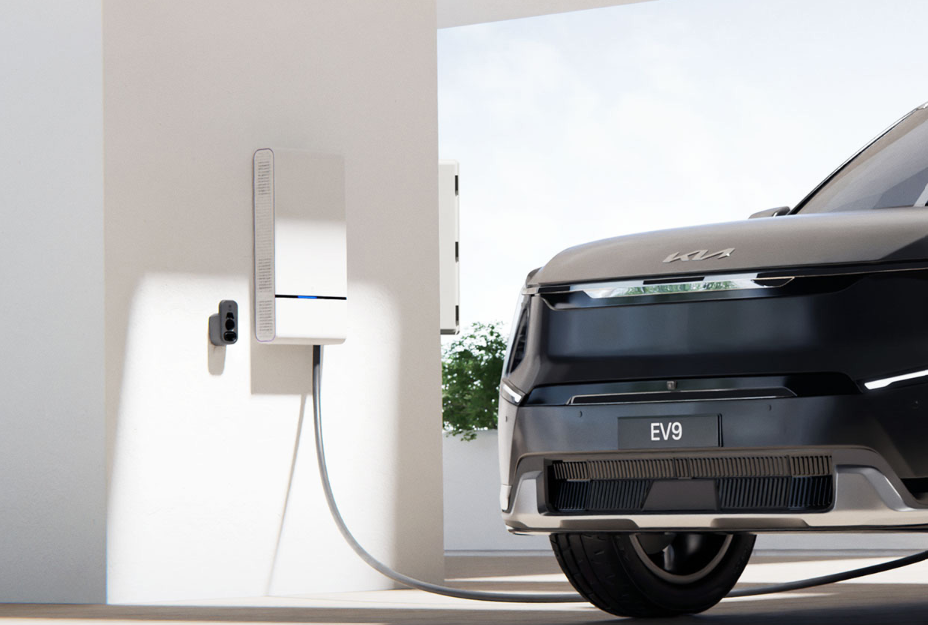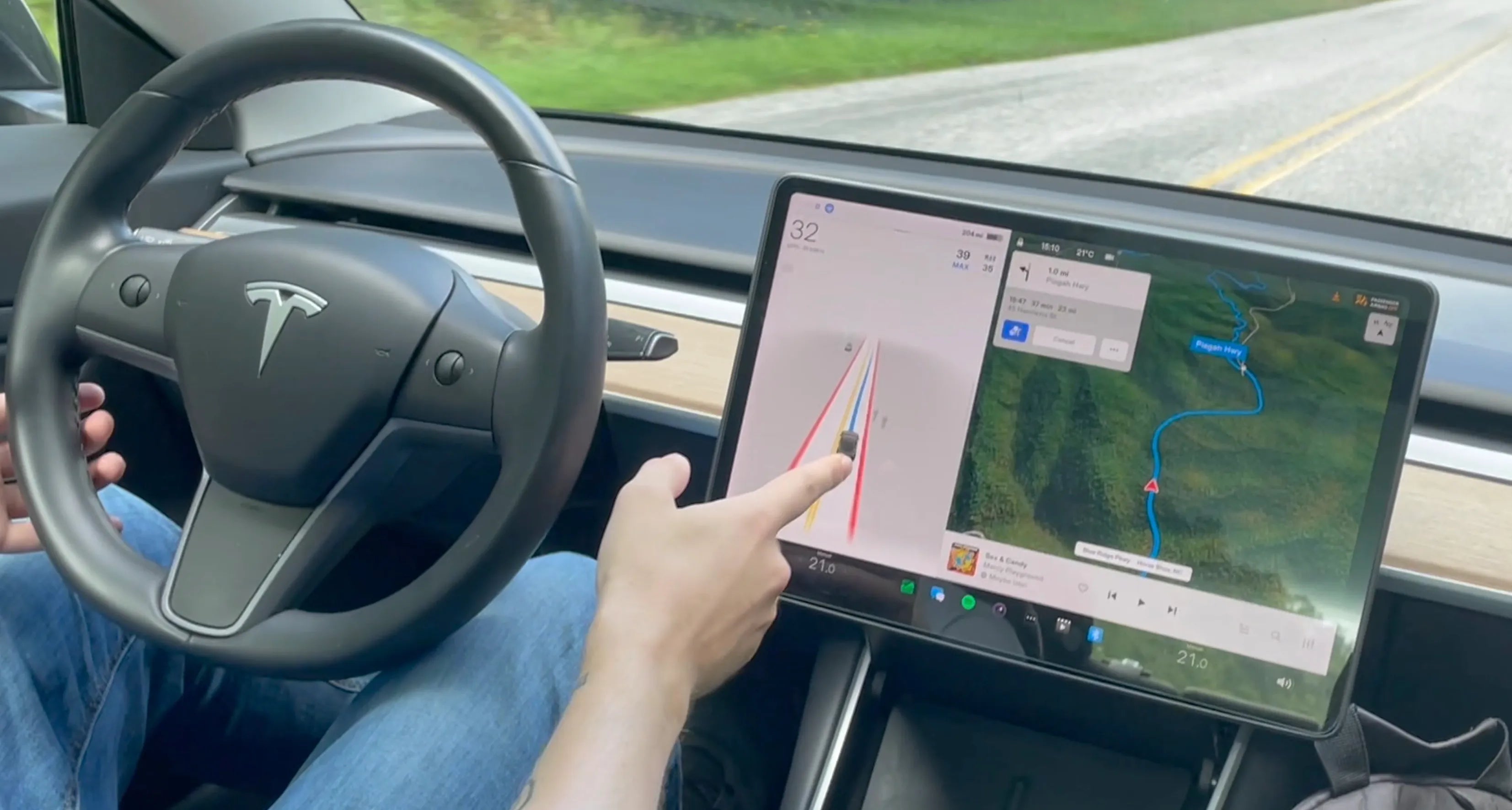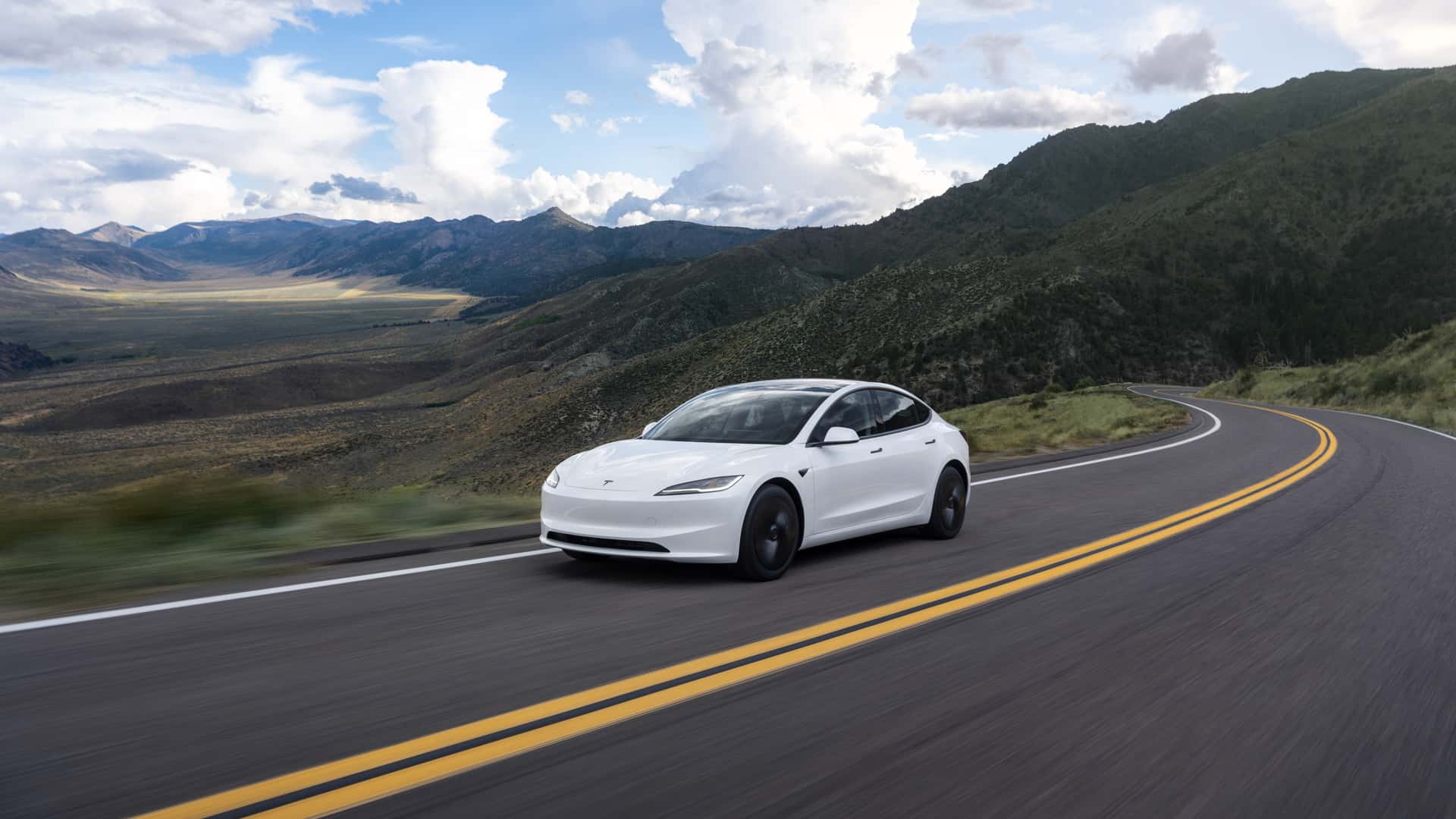Aperçu
Dans un contexte de hausse des prix automobiles, la Toyota bZ 2026 adopte une approche différente. Le modèle d'entrée de gamme est environ 2 000 $ moins cher qu'auparavant, tandis que les finitions supérieures bénéficient d' une autonomie substantielle et d'une capacité de recharge améliorée. Cette gamme remodelée cible les acheteurs en quête d'un modèle d'entrée de gamme abordable sans sacrifier l'efficacité, ainsi que ceux prêts à dépenser un peu plus pour une autonomie supérieure à ce prix. Toyota standardise également un port NACS et porte la puissance de recharge CA à 11 kW , simplifiant ainsi encore davantage la vie au quotidien.
Modèle d'entrée de gamme : prix plus bas, spécifications plus épurées
La bZ XLE FWD est désormais proposée à partir de 36 350 $ (frais de transport de 1 450 $ inclus) , contre 38 520 $ auparavant. Pour atteindre ce prix, Toyota l'équipe d'une batterie de 57,5 kWh ( contre 71,4 kWh auparavant) et d'un moteur de 168 ch (contre 201 ch auparavant). L'autonomie estimée passe de 405 km à 380 km . Bien qu'il s'agisse de véritables concessions, elles abaissent de plusieurs milliers de dollars le seuil d'accès à un nouveau véhicule électrique , ce qui peut intéresser davantage les acheteurs privilégiant le prix à l'autonomie ou à la puissance maximale.

Nouveau choix de valeur : XLE Plus FWD
La version phare de cette année est la XLE Plus FWD, proposée à 39 350 $ , soit 3 000 $ de plus que la version de base, mais sans doute la plus performante de la gamme. Elle propose désormais un pack de 74,4 kWh , 221 ch et une autonomie estimée à 503 km . Pour de nombreux conducteurs, cette combinaison prix-endurance constituera le meilleur rapport qualité-prix à long terme, surtout si des trajets réguliers sont prévus.
Versions supérieures : gains d'efficacité importants d'une année sur l'autre
Tous les modèles supérieurs à la version de base utilisent désormais la batterie de 74,4 kWh , et les avantages sont évidents. La Limited à traction intégrale passe de 357 km à 446 km , tandis que la Limited à traction avant atteint 480 km . Même la XLE à traction intégrale progresse considérablement, passant de 367 km à 463 km . Le prix est légèrement supérieur à celui de 2025, mais les gains d'autonomie sont significatifs , ce qui rend ces versions plus attractives pour les acheteurs en quête de traction, de fonctionnalités et d'autonomie accrue.
Prix et gamme 2025 vs 2026
| Garniture | Prix / Gamme 2025 | Prix / Gamme 2026 |
|---|---|---|
| XLE FWD | 38 250 $ / 252 mi | 36 350 $ / 236 mi |
| XLE FWD Plus | N / A | 39 350 $ / 314 mi |
| XLE AWD | 40 600 $ / 228 milles | 41 350 $ / 288 mi |
| Traction avant limitée | 43 250 $ / 236 mi | 44 750 $ / 299 mi |
| Transmission intégrale limitée | 45 330 $ / 222 mi | 46 750 $ / 278 mi |
À retenir : les finitions supérieures coûtent un peu plus cher, mais offrent une autonomie bien plus grande que l’année dernière.
Mises à jour de chargement et de port
Chaque bZ 2026 bénéficie d' une recharge de niveau 2 plus rapide , passant de 7,4 kW à 11 kW . Toyota équipe également toute la gamme du port NACS (de type Tesla) , offrant ainsi un accès pratique à un écosystème de recharge rapide en pleine expansion. La charge rapide CC de pointe reste à 150 kW , un niveau compétitif pour la catégorie ; grâce à l'option plus puissante sur les versions supérieures, la planification des trajets routiers devient plus facile, notamment pour les conducteurs qui peuvent recharger leur véhicule à domicile à 11 kW pendant la nuit.

Ce que cela signifie pour les acheteurs
L'an dernier, la bZ offrant la plus grande autonomie était la XLE de base, avec une autonomie de 405 km. Un prix plus élevé signifiait souvent une autonomie réduite . Pour 2026, la logique est inversée : un peu plus cher, et vous bénéficierez d' une autonomie nettement supérieure , voire, dans certains cas, de la transmission intégrale . La gamme s'adresse désormais à trois profils d'acheteurs distincts :
-
Budget d'abord : le XLE FWD ramène le prix d'entrée à 36 350 $ .
-
L'autonomie avant tout : le XLE Plus FWD avec 314 miles est le leader de l'autonomie et probablement le meilleur rapport qualité-prix.
-
Fonctionnalité/AWD en premier : la transmission intégrale limitée à 278 miles équilibre la traction, l'équipement et l'endurance.
Perspectives
La bZ n'a pas dominé le segment, mais la stratégie de Toyota, axée sur des prix plus bas , une meilleure autonomie en conditions réelles et une recharge plus pratique , renforce considérablement la gamme 2026. La question reste ouverte : comment le prochain C-HR électrique , doté de la transmission intégrale de série , de 338 ch et d'une autonomie d'environ 465 km, s'intégrera-t-il dans cette gamme de prix ? Pour l'instant, la XLE Plus apparaît comme un choix judicieux , tandis que la Limited AWD offre enfin l'autonomie que de nombreux acheteurs attendaient d'une finition haut de gamme.
Lecture recommandée : Les contrats de location de véhicules électriques atteignent des niveaux historiquement bas, les constructeurs automobiles cherchant à écouler leurs stocks








Partager:
Un juge autorise désormais un recours collectif concernant les revendications de Tesla concernant la conduite autonome
Le pick-up électrique de Slate à 27 000 $ promet une personnalisation sans pareille